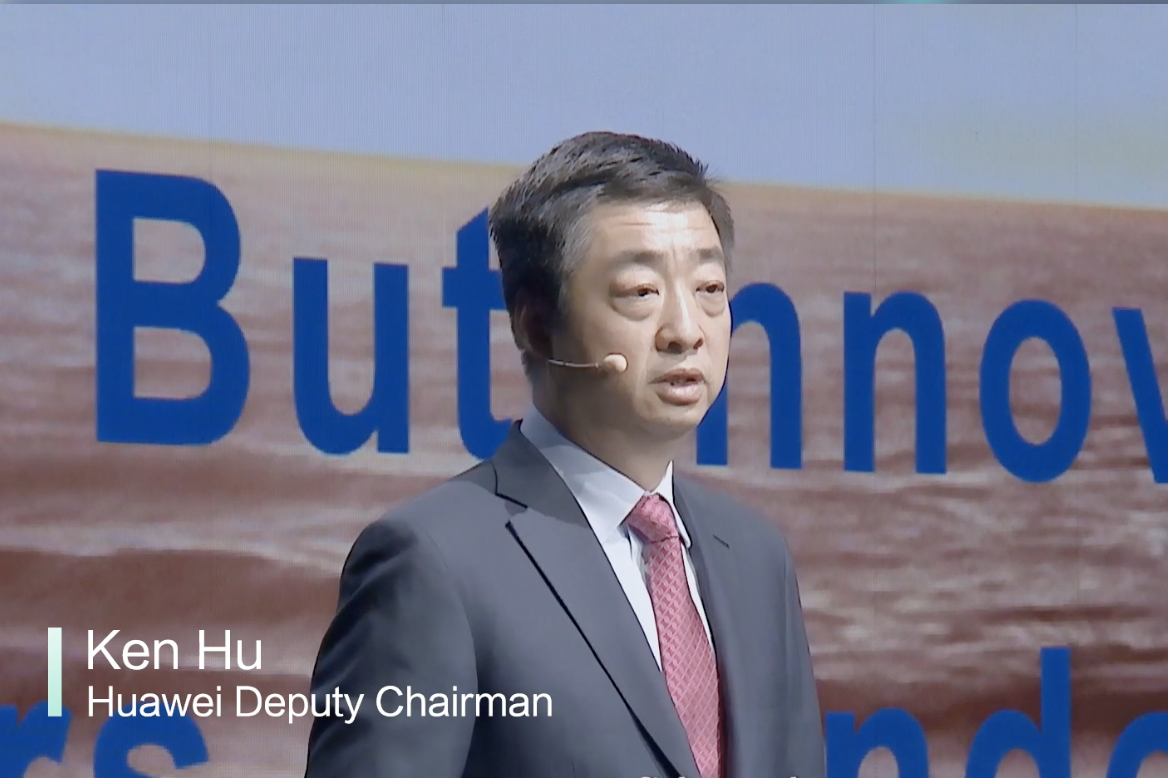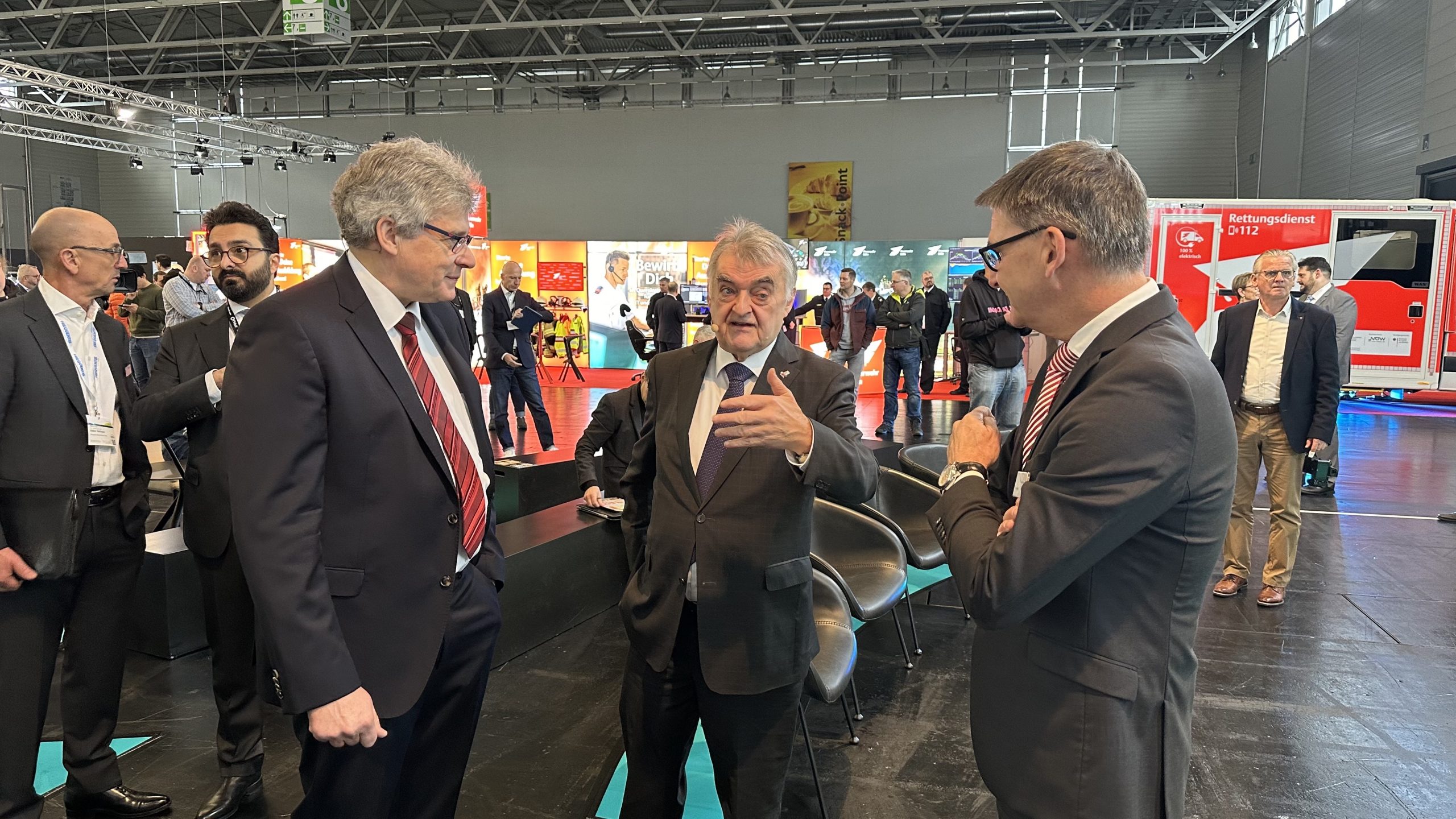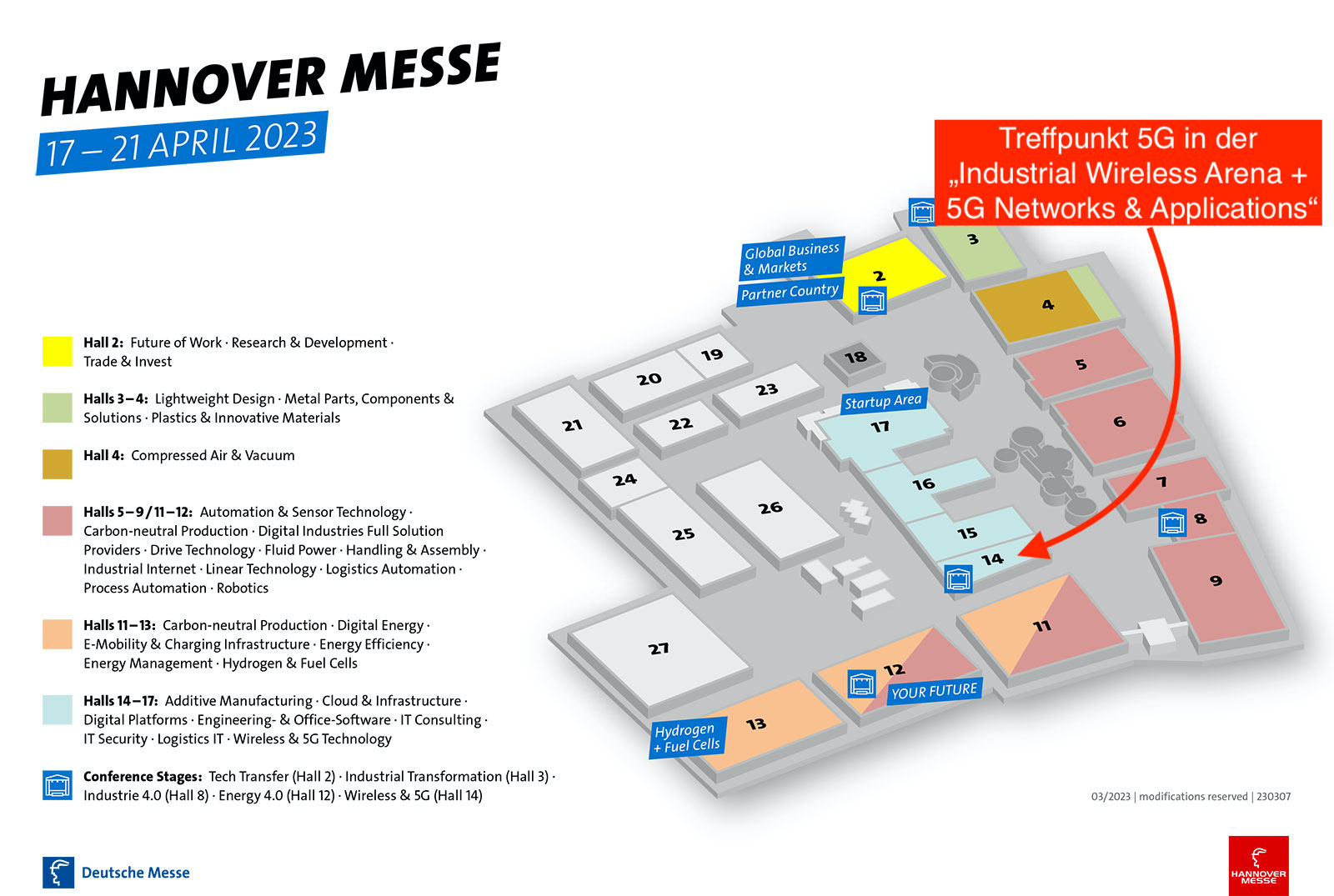Ken Hu, Huawei, speaking at the Mobile World Congress in Shanghai, February 2021(Picture: Screenshot Huawei website)
Huawei has currently already signed more than 1000 contracts in the field of industrial 5G applications in more than 20 different industries worldwide. This was stated by Ken Hu, the rotating CEO of Huawei Technologies, during a presentation at the opening of Mobile World Congress.
In the eyes of many potential users, a new technology must first prove itself via applications in its field of use. The Chinese manufacturer Huawei recently published that it has already signed more than 1,000 contracts worldwide in the field of industrial 5G applications in more than 20 different industrial sectors. Ken Hu, the rotating CEO of Huawei Technologies, said this during a presentation at the opening of the Mobile World Congress, which took place in Shanghai from February 23 to 25.
The roll-out of 5G in various industries is taking place in close cooperation with the respective network operators and local partners. Huawei is also currently working with ecosystem partners to develop 5G terminals that address specific industry requirements.
Ryan Ding, the president of Huawei Technologies’ network operator business, announced that by Huawei’s count, a total of more than 140 commercial 5G networks have been launched in 59 countries, with more than half of these networks using Huawei technology. Ken Hu, in turn, stressed that last year a total of more than 300 networks in over 170 countries were operated using Huawei technology.
New augmented reality app
During his keynote in Shanghai, Hu demonstrated to the audience Huawei’s Cyberverse app, an augmented reality (AR) application that demonstrates how 5G networks, 5G devices, and AR technology can converge to create a rich virtual experience, whether it’s a lifelike forest or a simulation in space.
The new app enables seamless integration of virtual and physical realities with high-precision, centimeter-level positioning capabilities, massive computing power, and high-bandwidth transmission through 5G. Huawei expects Cyberverse to create many new growth opportunities in various sectors, including education, entertainment, tourism, transportation, and navigation.
Hu emphasized that Huawei sees great potential in the joint application of 5G, cloud, and AI technologies, especially in the field of industrial manufacturing. He explained, using Huawei’s own factory in Dongguan as an example, how the company is achieving huge productivity gains there by using 5G technology with cloud-based AI applications in its 5G smartphone production lines.
Intelligent quality control
Among other things, intelligent quality control using 5G and AI has succeeded in reducing the time of a quality check from two minutes to six seconds, while increasing production yield from 98% to 99.55%. Overall, production efficiency has increased by 300% in recent years through increasing automation at the Huawei factory.
Another focus of Hu’s presentation was on concrete examples of how 5G and AI can be used to achieve economic and social progress in developing and emerging countries as well. As part of a partnership with Ghanaian network operators for a rural network infrastructure project, Huawei is currently planning to install more than 2,000 RuralStar base stations in remote regions of the country. This will help increase mobile coverage in Ghana from 83% to 95% and bring villages previously cut off from digitalization online for the first time.
Remote ultrasound and CT scans
Similarly, new AI services in the Huawei cloud are being used to help a small company in Malaysia double its production capacity without increasing headcount during the pandemic. Hu also explained how 5G networks have been used to enable remote ultrasound and CT scans where uneven distribution and a concrete lack of medical resources would otherwise have prevented it.
At this year’s MWC Shanghai, Huawei will showcase seven new ICT network concepts, including Wireless 1+N, Home+, All-optical-Bases, and Cloud-based Smart Connections, as well as nine new products and solutions, including Ultra-Simplified Sites, Gigabit Home Broadband, Premium Private Lines, and Intelligent Cloud Networks.








Leave A Comment